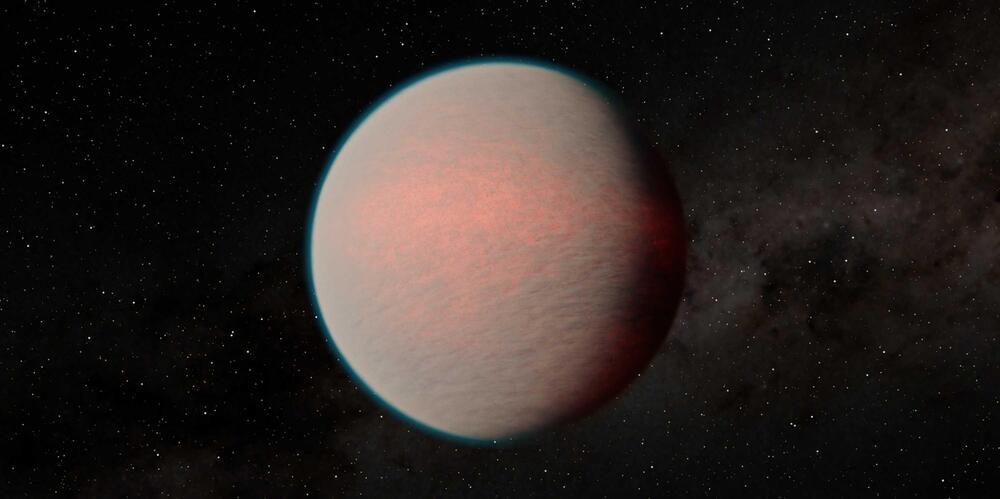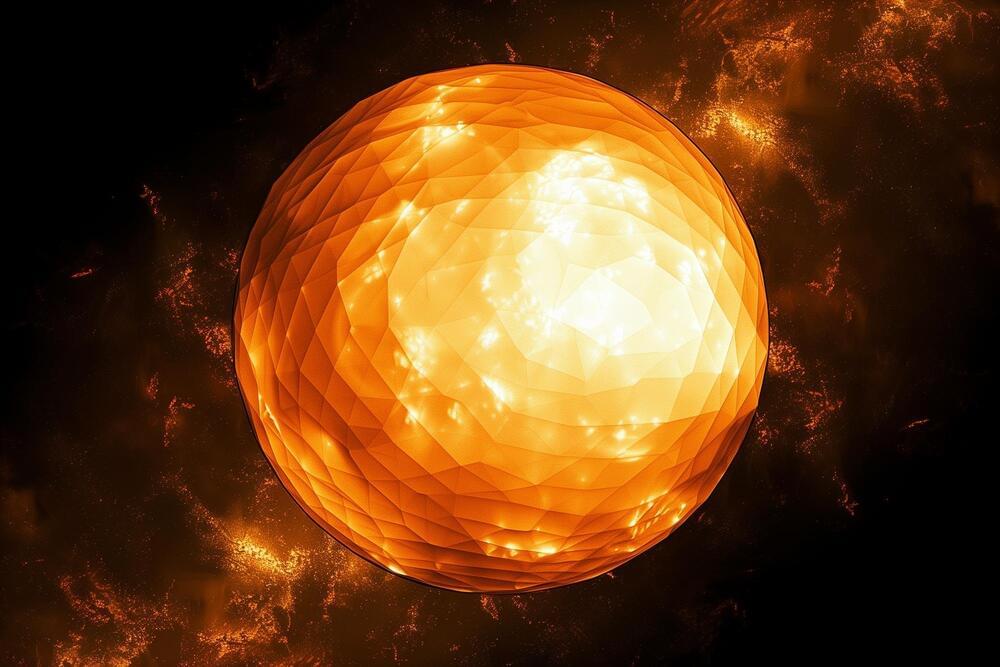Common push puppet toys in the shapes of animals and popular figures can move or collapse with the push of a button at the bottom of the toys’ base. Now, a team of UCLA engineers has created a new class of tunable dynamic material that mimics the inner workings of push puppets, with applications for soft robotics, reconfigurable architectures and space engineering.
Inside a push puppet, there are connecting cords that—when pulled taut—will make the toy stand stiff. But by loosening these cords, the “limbs” of the toy will go limp. Using the same cord tension-based principle that controls a puppet, researchers have developed a new type of metamaterial, a material engineered to possess properties with promising advanced capabilities.
Published in Materials Horizons, the study demonstrates the new lightweight metamaterial, which is outfitted with either motor-driven or self-actuating cords that are threaded through interlocking cone-tipped beads. When activated, the cords are pulled tight, causing the nesting chain of bead particles to jam and straighten into a line, making the material turn stiff while maintaining its overall structure.





